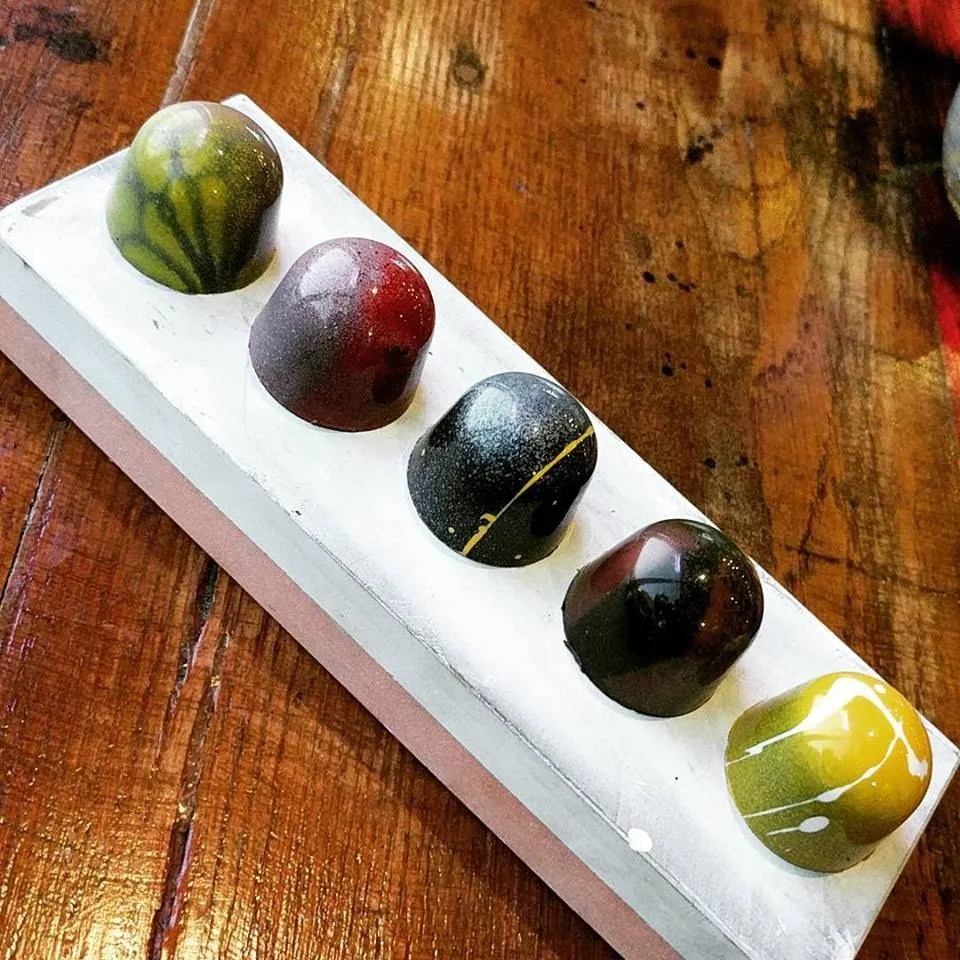Work flow for vertical wheel tempering machine/small production

Recently I’ve upped my production. In the past I’ve used my BakeOn vertical temperer, but only in big spurts before the major holidays. In between I’ve focused on my melter to do smaller batches. But now I am increasing my output and want to use my BakeOn more – but this will be in between my other non-chocolate work.
My question is about work flow to keep the chocolate in temper and fluid.
A typical day would be spray, shell and fill in the morning. Let the filling skin for 12 hours. That generally means that I’ll cap the following morning. On my melter I would insulate the pan to keep it fluid (although I often would have it get too hot or too cold overnight), and then hit it with a little heat gun and cap. But with the temperer its a larger storage container and seems harder to keep fluid. Could someone please explain your sequence, timing, tips to keep the chocolate in this scenario in temper but also fluid? Thanks.
Keep in mind that the thermometer is not near the surface and that mixing of the chocolate is not really efficient enough to keep track of what’s really going on. You can test this yourself by putting a probe thermometer in the chocolate near the top of the wheel where the chocolate gets scraped into the trough. You should see it drift lower over time. When that happens you can increase the temperature of the bowl to compensate.
Other things you can do:
If you have the plexiglass cope (cover) replace it when you walk away from the machine for more than a minute or two. This will retain the heat better and keep the chocolate warmer.
You can aim a small heat lamp (make sure it is explosion-proof) into the chocolate basin, changing the distance to regulate the amount of heat delivered. A small amount of heat on the surface will do wonders to regulate crystallization.
Keep the room _slightly_ warmer.
Make sure there is nothing in the room that is raising the humidity, especially if you are using chocolate without lecithin. An increase in humidity is likely to increase viscosity as chocolate is pretty hygroscopic. Back when I was selling Cluizel couvertures they made the decision to eliminate lecithin in their recipes. I had a customer who complained mightily about the chocolate thickening after the change. I visited the kitchen and discovered the problem was related to their dishwasher. When they were using it they were dumping a lot of steam into the room when the door was opened. The tempering machine was in the same room.
I recommend everyone have a digital thermometer/hygrometer installed close to their tempering machine so they can keep track of ambient environmental conditions which can affect tempering. Ideally, this unit is a data logger, storing samples that can be saved to a computer and graphed. This is useful for reference troubleshooting batches down the road. If you don’t get a data logger get a unit that record min/max over the past twenty-four hours and the write the information down in a daily production log.
Are you referring to the Bakon Choco TT tempering machine when you say vertical wheel tempering?